The bride is not me! Let me get that out of the way! But if you follow me on Instagram you’ll have seen this uchikake already. If you’re not following me on Instagram, now’s a great time to start.
I found this beautiful vintage uchikake on a local classified listings site, and contacted the seller right away. We managed to arrange a meeting, and I’m very glad. The gentleman selling it was lovely, very friendly. The uchikake was passed down in his family, originally belonging to his step-mother’s mother, and he seemed very keen to make sure it would go to someone who would really appreciate it for what it is. I hope I’m giving it a good home!
It’s a bit hard to age, but based on how it looks and feels in person combined with what he told me of its history, I’d put it somewhere in early Showa. The metallic bits are synthetic, but the lining and base fabric look and behave like silk. It’s a really interesting combination.
I knew I wanted to do a bridal-style kitsuke with it, and my Taisho-era kakeshita seemed like a good place to start. Even if they’re not the same era, they really work together. Unfortunately, I don’t have a proper set of bridal kitsuke accessories yet, so I had to make do using a normal furisode obiage and obijime, and a shigoki obi beneath the obi, along with a normal kimono wallet in lieu of the traditional decorative wallet known as hakoseko. Overall, though, I think it looks beautiful. Obviously, this is not something I’m ever going to wear personally (except for a lecture or display at some point, I suppose), but it’s so beautiful I have a feeling I’m going to be leaving it on the mannequin for longer than usual.
Items used in this coordination
- Rainbow Metallic Uchikake
- Taisho Bridal Furisode
- Orange and White Arabesque
- Floral
- Leaf Green Shibori
- Salmon Furisode

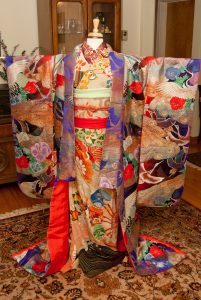
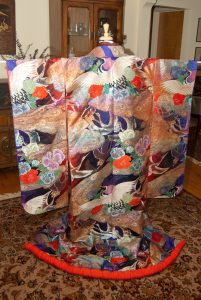
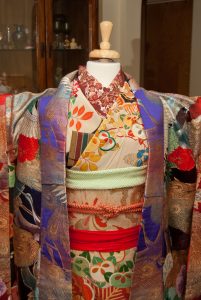
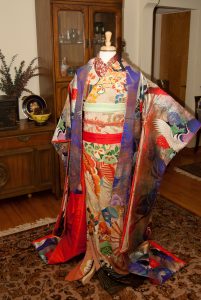
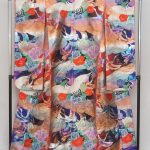
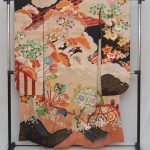
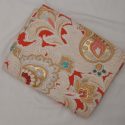
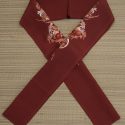
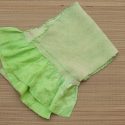
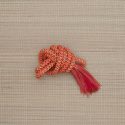
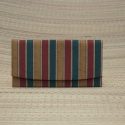
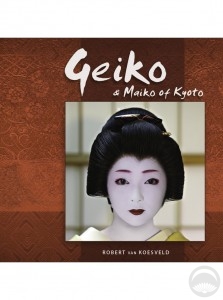

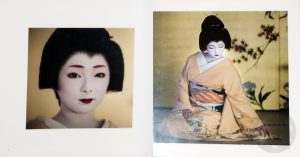
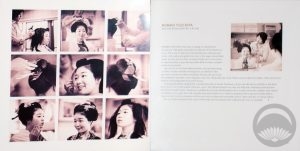
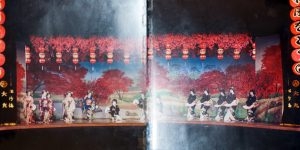
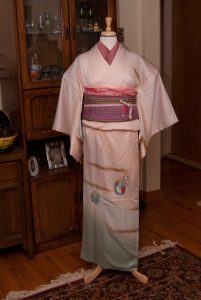

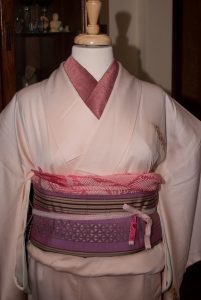
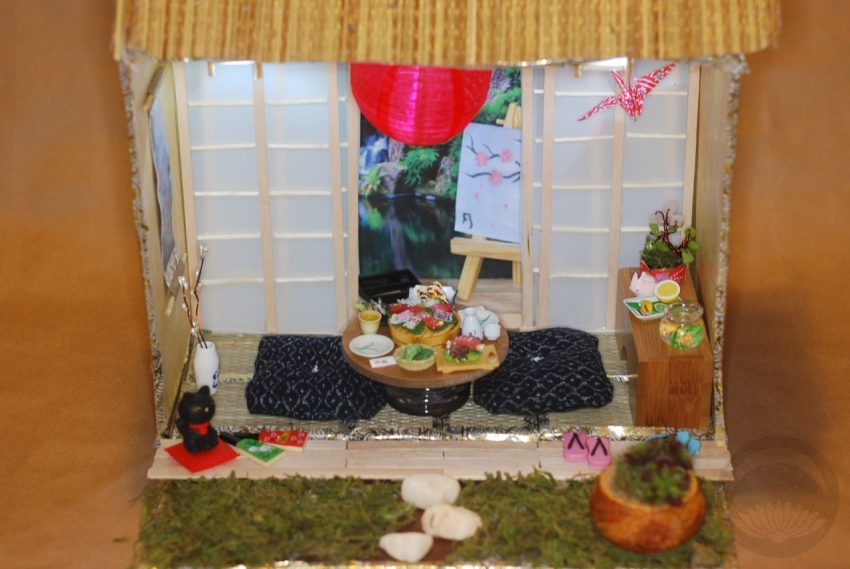

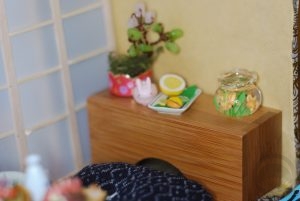
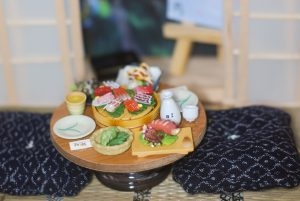

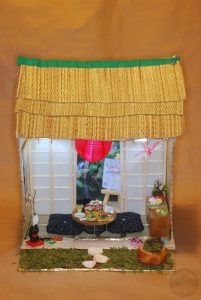
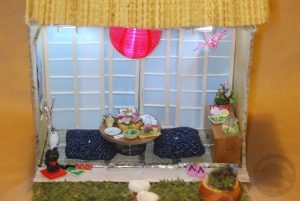
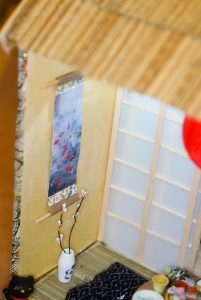
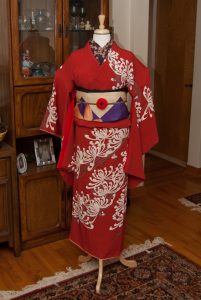
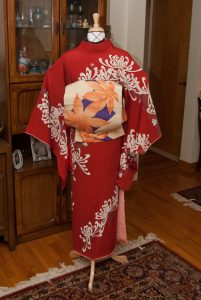

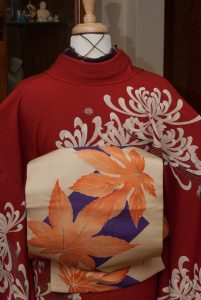
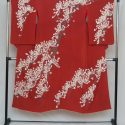
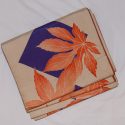
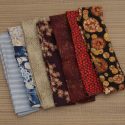
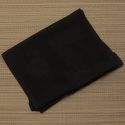
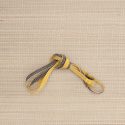











 Bebe Taian
Bebe Taian CHOKO Blog
CHOKO Blog Gion Kobu
Gion Kobu